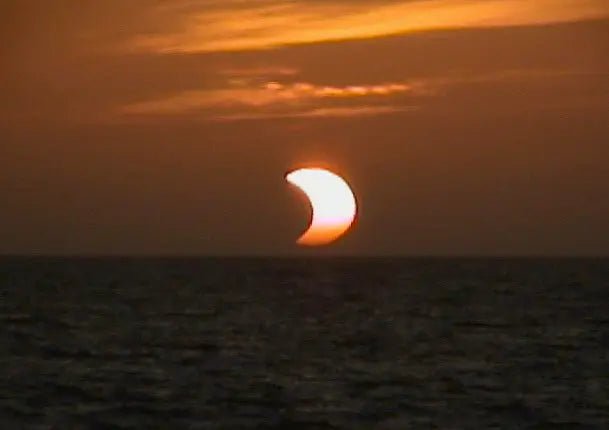A Comparative Study
Solar eclipses have fascinated humanity for millennia, serving as both awe-inspiring natural phenomena and valuable scientific events. This paper aims to provide a comprehensive comparative analysis of two major types of solar eclipses: total and annular. The study delves into their characteristics, underlying celestial mechanics, historical observations, and scientific significance.
Introduction
Solar eclipses occur when the Moon passes between the Earth and the Sun, temporarily obscuring the Sun's light. While partial solar eclipses are relatively common, total and annular solar eclipses are rarer and more scientifically intriguing. This paper aims to dissect the differences and similarities between total and annular solar eclipses, providing a holistic view of these celestial events.
Celestial Mechanics
Total Solar Eclipses
In a total solar eclipse, the Moon completely covers the Sun, as viewed from Earth. During the brief period of totality, the day turns into night, and stars become visible. The Sun's outer atmosphere, or corona, can also be seen.
Conditions for Occurrence
1. The Moon must be in the New Moon phase.
2. The Moon's orbit must align closely with the ecliptic plane.
3. The Earth, Moon, and Sun must be nearly collinear.
Annular Solar Eclipses
In an annular solar eclipse, the Moon covers the center of the Sun, leaving a ring-like appearance called an "annulus." Unlike total eclipses, the sky does not turn completely dark.
Conditions for Occurrence
1. The Moon must be in the New Moon phase.
2. The Moon must be near its apogee, the farthest point from Earth in its elliptical orbit.
3. The Earth, Moon, and Sun must be nearly collinear.
Comparative Analysis
Duration
- Total Solar Eclipses: Last up to 7.5 minutes
- Annular Solar Eclipses: Can last up to 12 minutes
Frequency
- Total Solar Eclipses: Occur less frequently than annular eclipses
- Annular Solar Eclipses: More common due to the Moon’s distance from Earth
Visibility
- Total Solar Eclipses: Limited to a narrow path on Earth's surface
- Annular Solar Eclipses: Visible over a larger area
Scientific Importance
Both types of eclipses offer unique opportunities for scientific research, such as studying the Sun's corona and chromosphere, testing theories of gravitation, and calibrating instruments.
Historical Observations
Solar eclipses have been documented for thousands of years, serving various roles in cultural, religious, and scientific contexts. Notable historical eclipses include:
- The eclipse of Thales (585 BCE)
- The Tunguska event (1908)
- Einstein's General Theory of Relativity confirmed during the 1919 solar eclipse
Conclusion
Total and annular solar eclipses are captivating phenomena that offer invaluable scientific opportunities. While they share several similarities, their differences in duration, frequency, and visibility make each unique. As technology advances, these celestial events will continue to provide a natural laboratory for various scientific investigations.



Share:
The Enigmatic World of Uranus: A Deep Dive into the Ice Giant
The Great Eclipse Glasses Shortage